North Korea conducts large-scale artillery drills amid U.S. forces gathering near the Korean Peninsula
In an unprecedented move that might signify another US military intervention in the Pacific Theatre, the entire U.S. Senate has been called to the White House on the 26th of April to discuss the North Korean paradigm. Although such meetings do not necessary lead to a full-on declaration of war, the only two prior times the entire Senate was called to the White House was before the Vietnam War and the Iraq War.
This move represents a swift and decisive tone undertaken by the Trump administration in regards to the continuous nuclear advancements made by the North Koreans – underlying the fact that the US will not stand idly while the DPRK successfully testes its ICBM (Intercontinental Ballistic Missile) nuclear capabilities. A recent study, made by a growing body of expert studies and classified intelligence reports, conclude that the DPRK is capable of producing a nuclear bomb every six or seven weeks.
For years, the US administration has resorted to economic sanctions that have crippled the North Korean economy – sanctions triggered every time the DPRK decided to test another nuclear warhead or a new variant of a missile. This time, however, the situation has changed drastically, with most of the international studies reporting that the North Koreans have already developed warheads that could reach the US mainland. Moreover, this situation cannot be compared with the previous instances when North Korea tested nuclear warheads on their own territory, only to be met with a harsh criticism from the West. Whereas in the previous encounters, North Korea successfully managed to “blackmail” the international scene in giving them massive humanitarian aid, in change for halting their nuclear advancements, this time the situation is critical because not only Japan and South Korea feel threatened, but also the US mainland itself.
The recent military movements undertaken by the US clearly show that the US administration is considering a preemptive strike on the DPRK, in hopes of crippling the military infrastructure of the North Koreans. According to US and South Korean sources, the carriers USS Carl Vinson, USS Ronald Reagan and USS Nimitz have been deployed towards the Korean Peninsula, with Carl Vinson expected to arrive in the area on the 25th of April. All of the carriers are traveling in a “carrier-group” formation, accompanied by various destroyers and submarines. Moreover, different NATO countries (including Japan and South Korea) have already displaced their warships to undertake joint operations under the US umbrella in the Korean Peninsula.
The North Korean regime is now threatening with another nuclear test – programed to take place on the 25th of April, on the same day the DPRK celebrates “Military Foundation Day” – a celebration that marks the establishment of the first North Korean army, back in 1932. Big live-fire artillery exercises have already started in the Wonsan region on Tuesday morning, in response to the US submarine USS Michigan docking in the South Korean port of Busan. The South Korean military was monitoring the whole situation, while “firmly maintaining readiness”, as the South Korean Chief of Staff reported on Tuesday morning.
China, a nation traditionally allied with the DPRK regime, has issued a clear statement condemning the nuclear advancements that have been made by the North Koreans, asking for a diplomatic solution to be found by both sides. Japan’s Chief Cabinet Secretary, Yoshide Suga, told the media that China’s envoy for Korean affairs, Wu Dawei, would hold talks with Japanese Foreign Ministry officials on Wednesday. Both Japan and South Korea have agreed that China should take a concrete role to resolve the crisis – either by implementing an oil embargo as a tool to press the North Koreans, or by threatening with not intervening in a potential US preemptive strike on North Korean nuclear facilities.
North Korea’s growing nuclear and missile threat is perhaps the most serious security challenge confronting the new US Administration lead by Republican Donald Trump. Trump has vowed to prevent North Korean from being able to hit the United States mainland or any of its Pacific allies (South Korea or Japan), and has said that all options are on the table, including a preemptive military strike. And while the whole world watches this situation unfold before their eyes, all of the world’s major powers – China, US, South Korea, Japan, Russia – have reached a common agreement: North Korea must back down or face the consequences.
The next few days will be critical indeed – and while North Korea threatens to “ignite a full-out war” on the Korean Peninsula if provoked, one must hope that a diplomatic solution will prevail in the end.
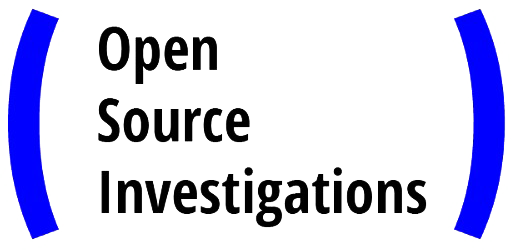
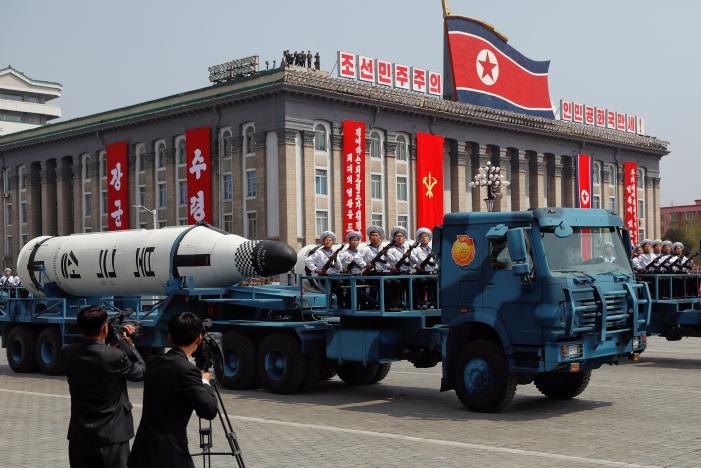
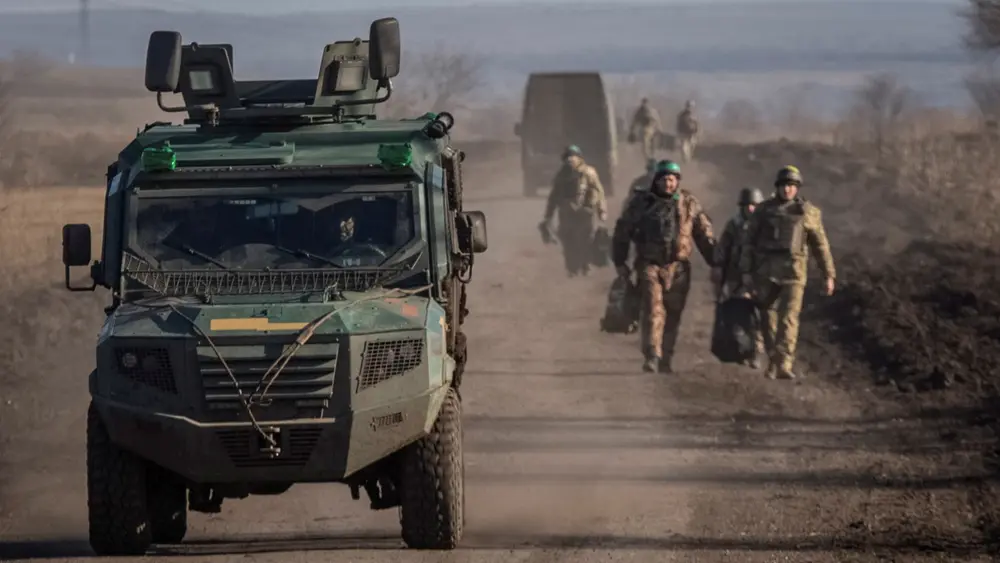
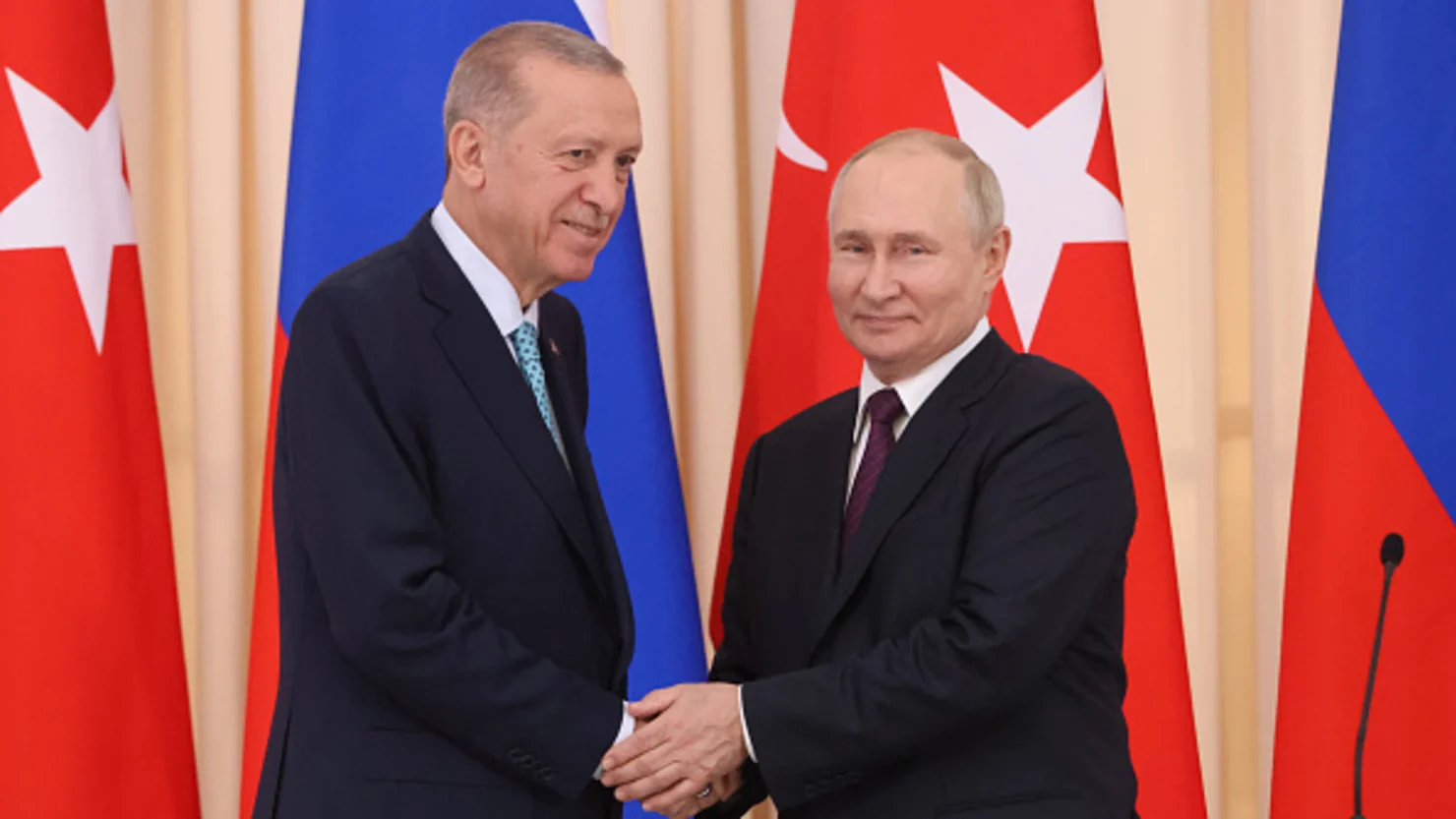
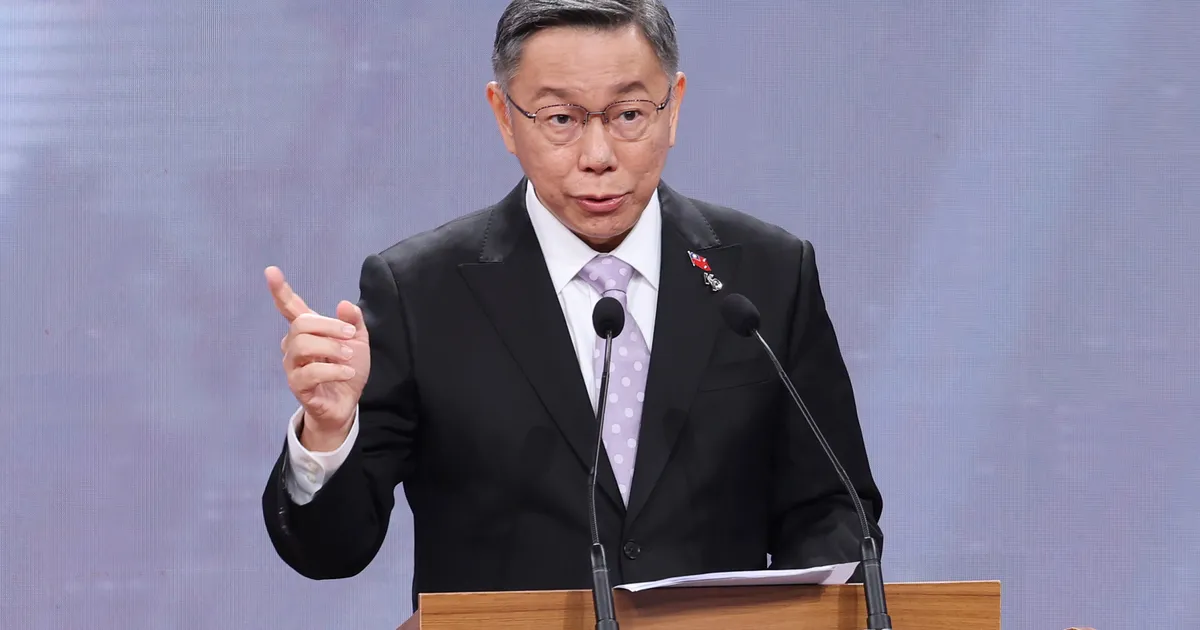

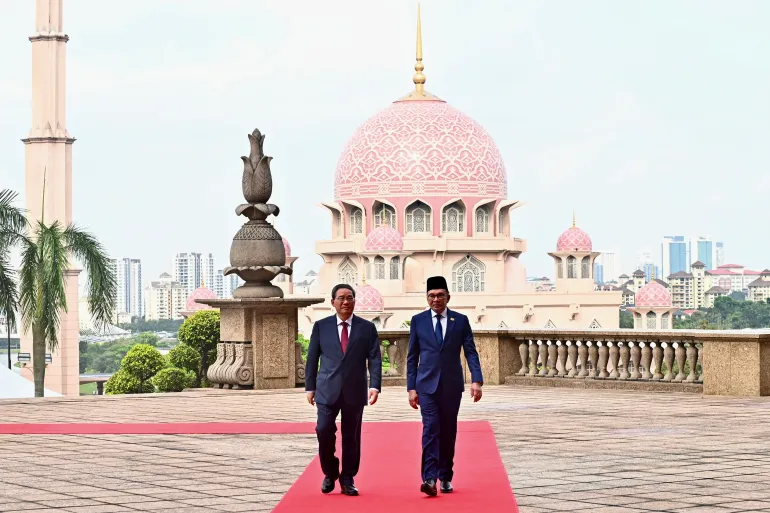
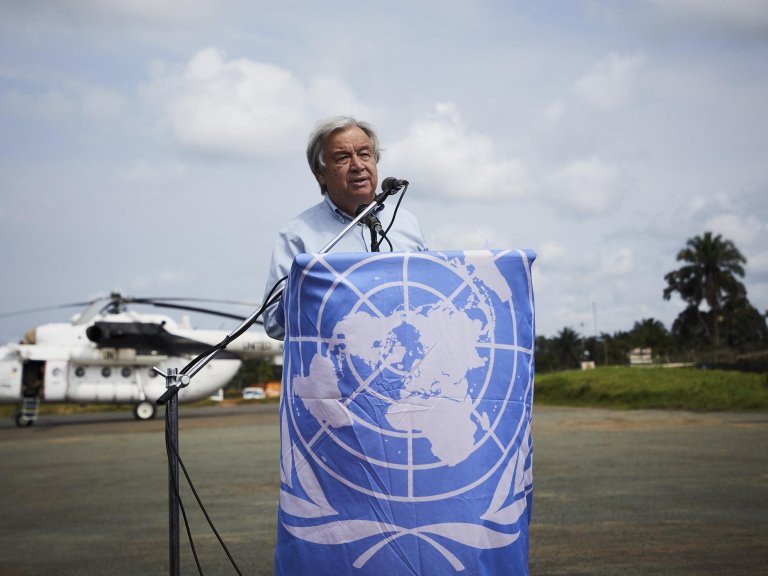

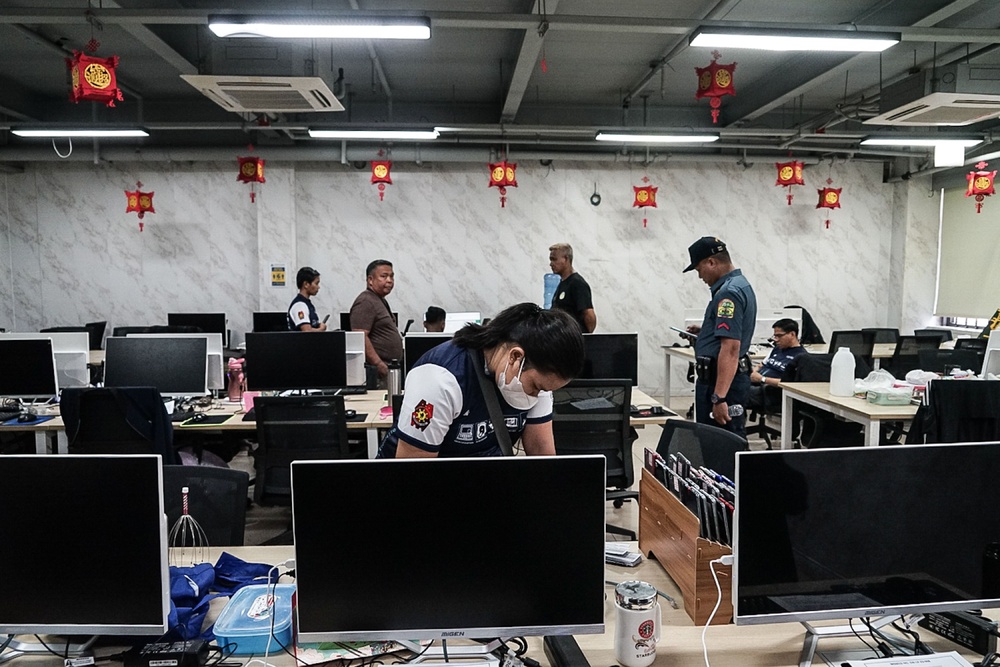
Trackbacks and Pingbacks